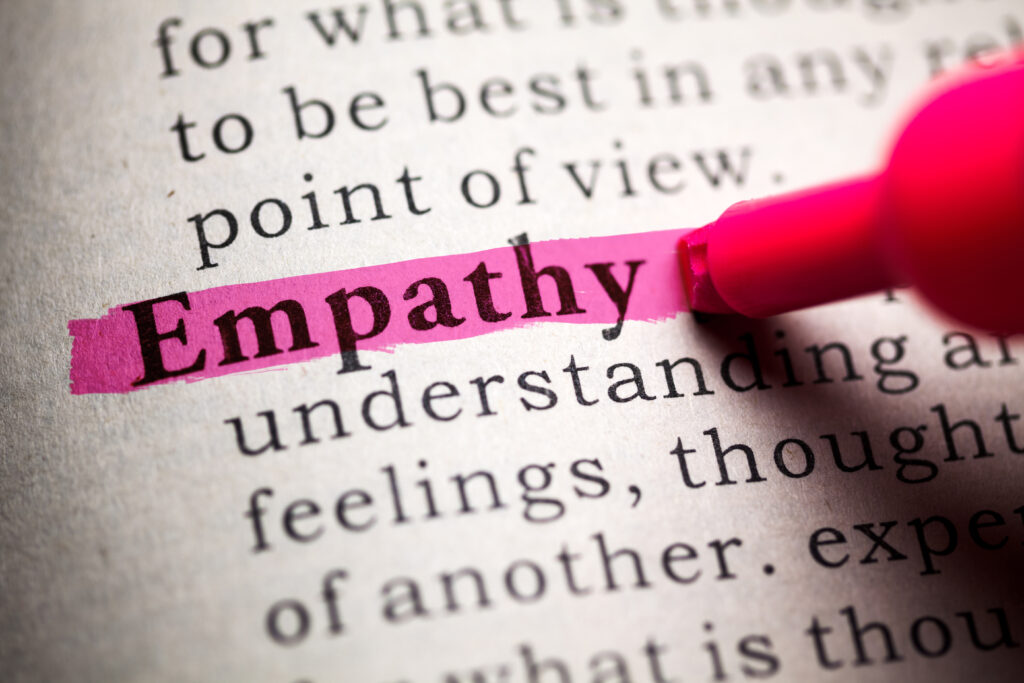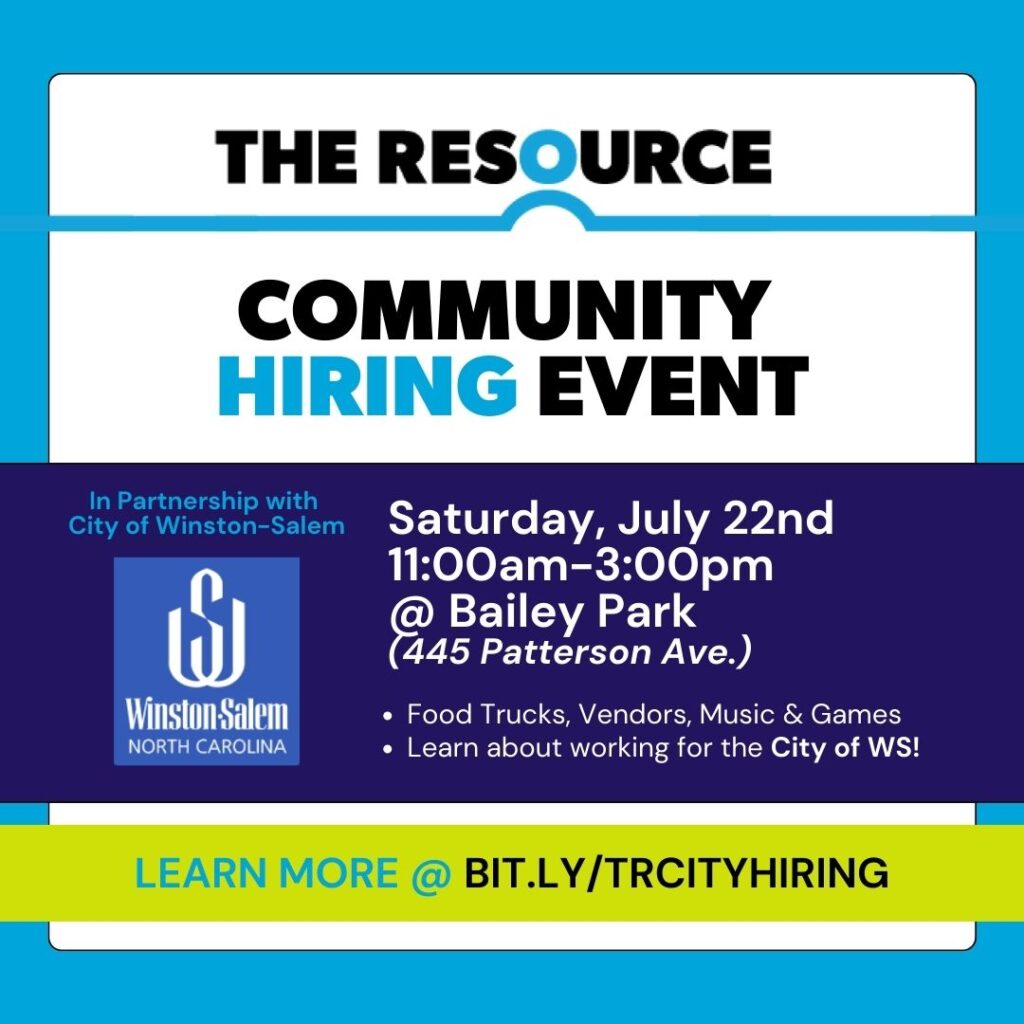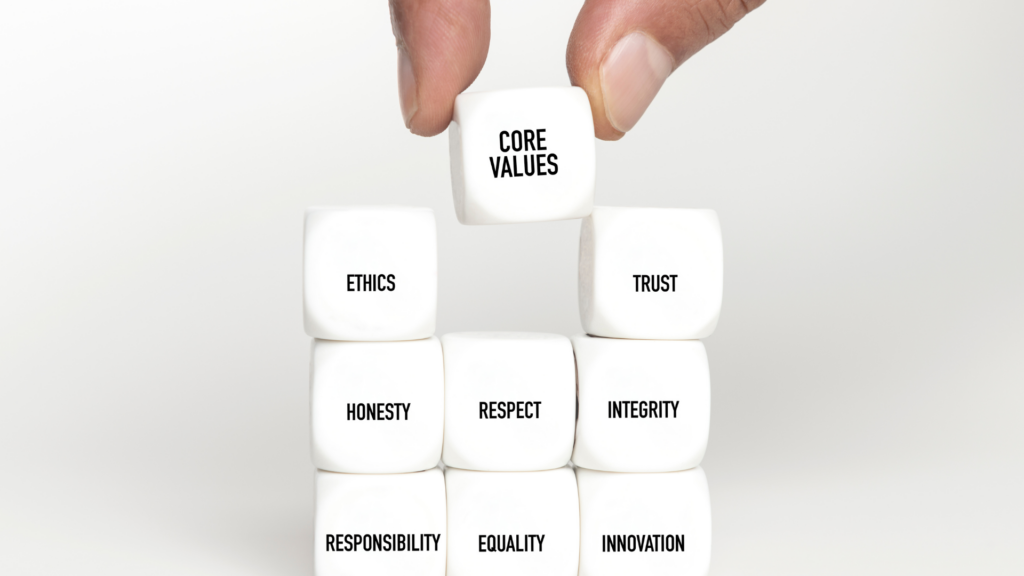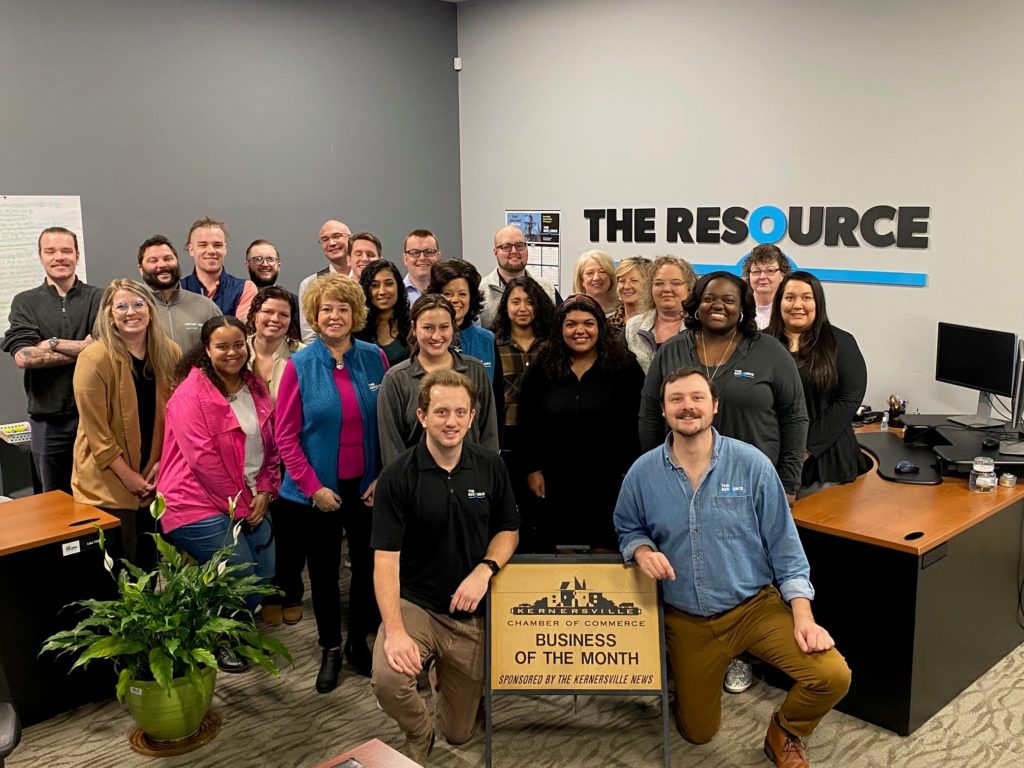One stakeholder cares more than any other about how companies perform on sustainability and environmental goals: employees. Younger employees in particular say that a company’s climate record will influence whether they take a job offer, with 60 percent of Generation Z respondents in one survey saying “they avoid employers they perceive as having a negative impact on the environment.” But tapping into the passions of these employees is a delicate balancing act, because inauthentic or poorly implemented corporate social responsibility (CSR) programs can turn away workers or lead them to perform poorly. To achieve their environmental goals, companies must carefully involve employees in their sustainability efforts. Recent research has identified three primary factors that influence employee engagement with CSR initiatives: One lesson from this research is that it is easier to reconcile tensions about CSR at the means level (i.e., what tactics or programs a company pursues) rather than at the goals level. Goals represent ideology, where differences are harder to bridge. An employee focused on CSR because of a personal passion for it (for example, because they see it as “the right thing to do”) will have conflict if they think that their organization is focused on CSR primarily as a business opportunity—and vice versa. To avoid this tension, many companies are finding ways to ensure that employees feel included in setting goals for CSR programs focused on sustainability. At PCL Construction, for example, involving employees starts with finding local leaders who can take on the challenge. Each PCL office is empowered to set its own strategy to meet its business needs, and each has someone who participates in PCL’s Sustainable Construction Advisor Network. Employees give lots of feedback to the organization about how they perceive efforts to increase sustainability and promote climate-friendly business practices. Scott Beckman, director of sustainability for PCL, says that some PCL offices even “took it upon themselves to establish waste-tracking databases and worked with their local waste haulers to ensure that we’re getting the proper reporting and tracking from them so that we can then roll that up into consolidated reporting.”5 Engaging employees is also crucial for scaling the impact of climate-focused policies. Because a whopping 64 percent of Hewlett Packard Enterprise’s (HPE) carbon footprint is created by the use of the company’s products, HPE is making efforts to reduce the environmental impact of its customers.6 Yet even when focusing on customer-facing solutions, employees play a crucial role in educating customers and creative problem solving. In fact, because the dedicated team of six that focuses on sustainability for the entire global customer base can’t possibly speak to every client that wants to make its technology more sustainable, every HPE employee is empowered and encouraged to participate in the process. “I’m always delighted when a customer tells me, ‘Hey, I heard from this pre-sales person or this salesperson, and they were explaining to me all the things that HPE does from a climate perspective,’” says John Frey, chief technologist for sustainable transformation at HPE. When it comes to training, many employers are connecting learning about sustainability and climate solutions to career growth and development. For example, product managers at Trek Bicycles have extensive training in the concepts and practices of circularity (how new products can be made with recycled products with a plan to reclaim the materials at the end of life). Mark Joslyn, vice president of human resources at Trek, explains that in “workshops and classes about how the life-cycle analysis is performed and the impact of all the inputs,” product managers and designers learned about how their decisions during the design process can have a huge influence on a product’s environmental impact. Another way to help employees connect with sustainability initiatives is to bring those initiatives to the places where employees work. Each year on Earth Day, for example, Trek holds a recycling drive to which employees can bring e-waste, footwear, and bicycle parts and equipment. Because “there are a lot of products now that are very difficult or expensive to recycle depending on where you liveâ¯.â¯.â¯.â¯[but] that you want to dispose of responsibly,” says Joslyn. “that’s a day that people now mark on their calendar.” Organizations that want to get their employees more involved with sustainability and climate initiatives should consider the following recommendations: Start with education. Don’t assume that employees are familiar with CSR initiatives or know what acronyms such as ESG (environmental, social, and governance issues) mean, especially with sustainability being a hot-button topic as the next contentious presidential election cycle begins. “There is a lot of noise out there,” says Heather Breidenthal, chief human resources officer of Tri Pointe Homes. “Gather and share examples and interesting stories (with pictures) from across the company. Start there and ask your employees to share their own stories. You will be amazed at what you will be able to collect, as well as the insights you will gain.” Develop and publish a sustainability report. It’s important for an organization to know its current impact before it can start making measurable progress, much less communicate a strategy with its employees. Help employees share stories and information. Storytelling tools and channels offer ways for employees to contribute their expertise and drive conversations across the organization. For example, through a program called My Sustainability Story, PCL employees are encouraged to share personal stories, best practices, and anecdotes with an internal audience on Yammer, the company’s internal social media platform. Don’t hesitate to engage. Although the metrics to gauge improvement are getting better for environmental impact and carbon footprint, plenty of things will have impacts that are difficult to measure. “Listen to your employees; listen to your customers,” Frey says. “Don’t wait to get started until you have all the measurement systems in place.” Three drivers of engagement
Finding internal advocates
Scaling to customers
Making it personal
Bringing the impact home
Getting involved











